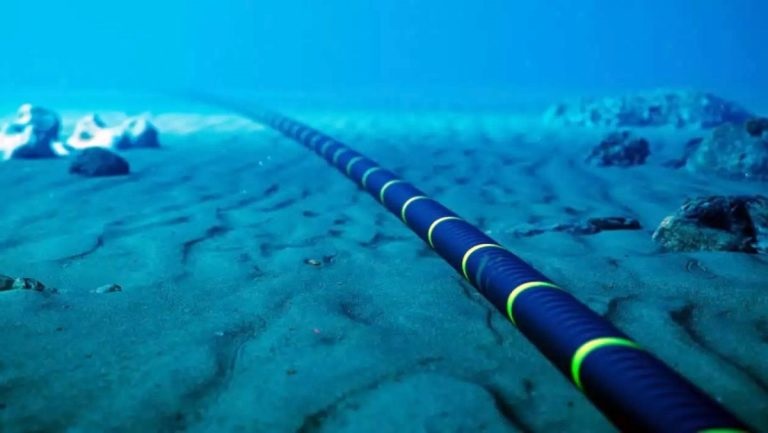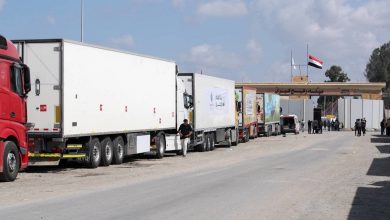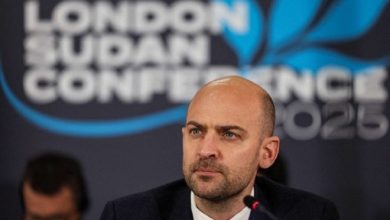Submarine Cable Disruption in Red Sea Sparks Global Concerns

Watan-Millions of social media users around the world were surprised on Tuesday by the disruption of three submarine communication cables passing through the Red Sea, amid talk of disruptions hitting the Facebook and Instagram platforms.
The Associated Press agency reported on Tuesday, citing unnamed officials, that three international cables passing through the Red Sea, providing internet and communications around the world, were cut off yesterday, without indicating the party responsible for this.
This comes amid unconfirmed speculations and expectations that Houthi attacks on the vital waterway in the Red Sea are the cause, as the waterway remains a target for the Houthi rebels in Yemen.
This prompted activists to link the sudden disruptions on Facebook and Instagram platforms with talk of submarine cable disruptions and the Houthis being behind it.
Unclear reasons
The agency said the reasons for the cable cuts remain unclear. There were concerns about targeting the cables in the Houthis’ campaign, described by the rebels as an attempt to pressure Israel to end its war on Hamas in the Gaza Strip. However, the Houthis denied attacking the cables.
Quoting a statement from HGC Global Communications, based in Hong Kong, the Associated Press said that the cut cables include the “Asia-Africa-Europe1” cable, the “Europe-India” cable, and the “Seacom-TGN-Gulf” cable.
The company stated that the cable cuts affected 25% of the data flow across the Red Sea cable, which it described as “important” for data flow from Asia to Europe. It also said that it had begun redirecting data traffic, without indicating the party responsible for the disruption.
Meanwhile, thousands of users of the Facebook and Instagram platforms, owned by “Meta” company, reported malfunctions affecting their accounts on both platforms.
Crisis worsening
While global shipping has already been disrupted across the Red Sea, a crucial route for cargo and energy shipments from Asia and the Middle East to Europe, sabotage of communication lines could exacerbate the crisis that has been ongoing for months.
Two separate cables
HGC Global Communications stated that the Seacom-TGN-Gulf line consists of two separate cables, while in fact it is one in the cut area, according to Tim Strong, a submarine cable expert at TeleGeography, a telecommunications market research company based in Washington.
In response to questions from the Associated Press agency, Seacom said that “preliminary tests indicate that the affected part is located in Yemeni territorial waters in the southern Red Sea.” It said it was redirecting traffic that it was able to change, despite some service disruptions.
Tata Communications, a part of the Indian group behind the Seacom-TGN-Gulf line, told the Associated Press that it had “started immediate and appropriate remedial actions” after the line was cut.
Tata said: “We invest in various cable consortia to increase our diversity, so in such situations involving cable cuts or disruptions, we can automatically redirect our services.”
Other companies behind these lines, which provide data to Africa, Asia, and the Middle East, did not respond to the Associated Press inquiries.
But the Houthis, for their part, denied targeting the cables. The Yemeni group blamed the disruptions on British and American military operations, but provided no evidence to support this claim.
According to the American magazine “Time,” it is still unclear how the Houthis could attack submarine cables themselves. It is not known that the rebels have the ability to dive to target the lines, which are hundreds of meters deep below the surface of the waterway.
However, submarine cables can be cut by anchors, including those dropped by some ships that have been disabled in attacks. The drifting ship that drags its anchors into the sea could be the cause.
The Houthis later warned that any ship laying cables entering Yemeni waters would need permission from the Yemeni group “to ensure its safety.”





